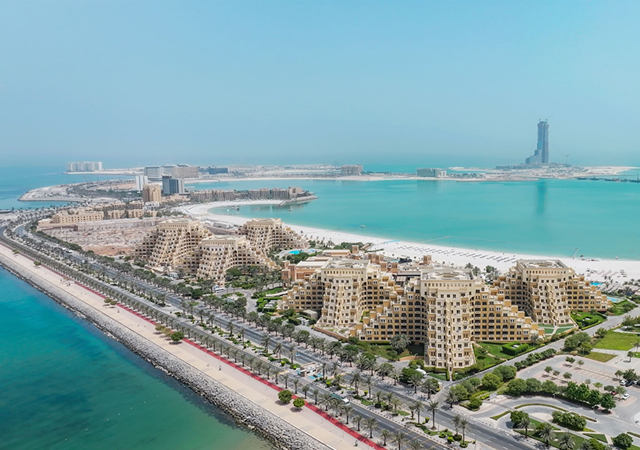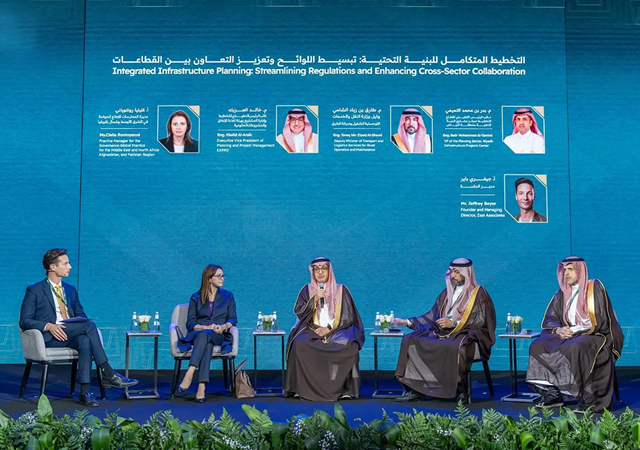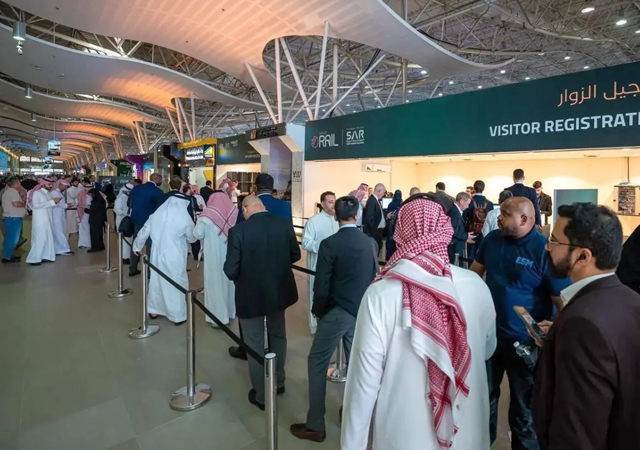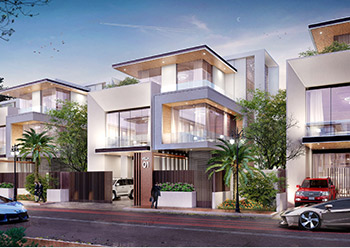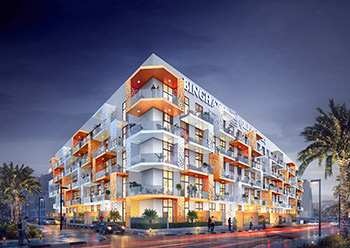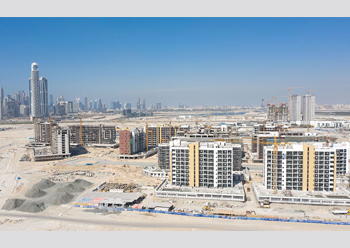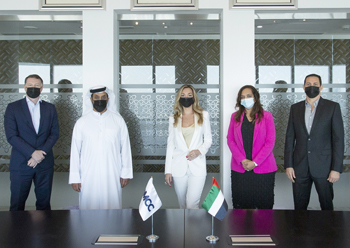
 Pagano and Al Nabet at the signing ceremony.
Pagano and Al Nabet at the signing ceremony.
The Red Sea Development Company (TRSDC), the developer behind the world’s most ambitious regenerative tourism project in Saudi Arabia, has closed a SR14.12 billion ($3.76 billion) term loan facility and revolving credit facility with four Saudi banks.
The Green Financing accreditation is governed by a Green Financing Framework aligned with the Green Bond Principles (2018) and Green Loan Principles (2020) set out by the International Capital Markets Association (ICMA) and the Loan Market Association’s (LMA) respectively. The framework enables TRSDC to issue green loans and other green financial instruments and allows it to identify, select, manage and report on eligible projects and assets in line with principles.
DNV provided an independent, second-party opinion on TRSDC’s Green Finance Framework, confirming its alignment with these internationally-recognised principles.
Leading Saudi lenders – Banque Saudi Fransi, Riyad Bank, Saudi British Bank and Saudi National Bank – acted as mandated lead arrangers. HSBC served as Green Loan Coordinator on the transaction.
Green financing accreditation was awarded due to TRSDC’s market-leading approach to social and environmental sustainability and The Red Sea Project’s international recognition as a green project, says the company.
John Pagano, CEO of TRSDC, remarks: “By applying a unique approach to design, utilising more sustainable methods of construction and using groundbreaking technology, we are not only reducing our impact on the environment but helping to deliver on our commitment to achieve a 30 per cent net conservation benefit by 2040. It is this pioneering approach that has helped us secure the first ever Riyal-denominated Green Finance credit facility.”
Meanwhile, TRSDC has awarded the contract to design and build infrastructure at its Coastal Village to Contracting and Construction Enterprises (CCE), a Riyadh-based engineering, procurement and construction firm.
On completion, the Coastal Village will be home to around 14,000 people who will eventually work at the destination.
The scope of work of CCE’s contract includes development of the Village’s local infrastructure, which is designed to minimise its carbon footprint. It will also construct a network of paths and walkways, as well as the earthworks and utility hub buildings structure. This will be supplemented by energy-efficient LED streetlighting and illuminated signages that will comply with the Red Sea Dark Sky guidelines.
“We’re creating a new resort village and CCE is aligned with our commitment to creating this eco-friendly community, making them the perfect partner for this project,” Pagano says.
The Coastal Village will not be accessible by regular vehicles and instead rely on a network of roads and paths built for sustainable travel.
The contract also covers the construction of utility hubs, a potable water network, a fire-fighting water network, an irrigation network, and a sewerage network.
On the contract win, CCE Chairman Khaled Al Nabet says: “It is an exciting challenge to design-and-build new infrastructure for this new residential village, and to do that while meeting the ambitious sustainability targets set by TRSDC. Our designs have been developed to ensure we play our role in creating the world’s first truly regenerative tourism destination, and to lay a solid foundation for the success of future work.”




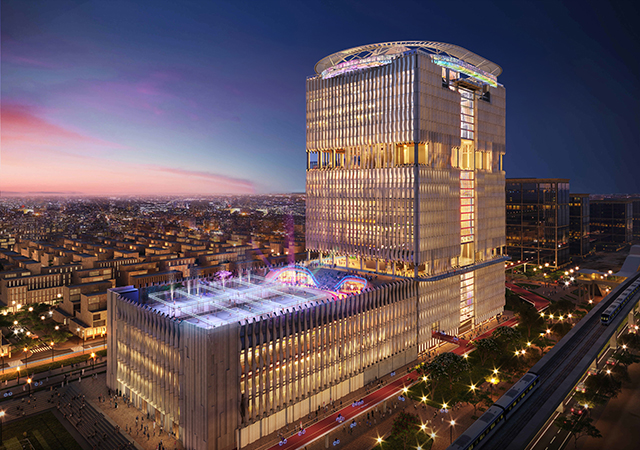




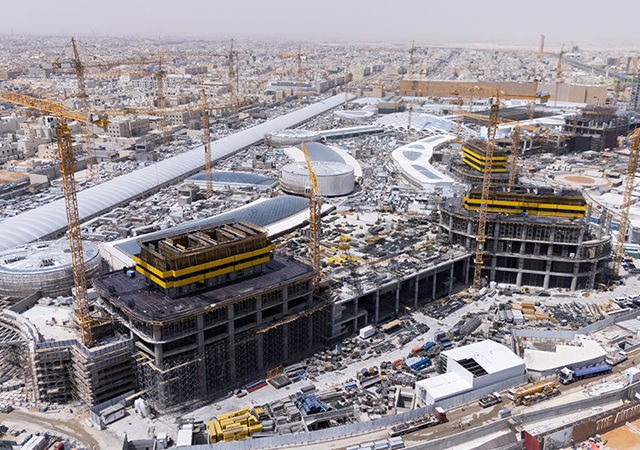
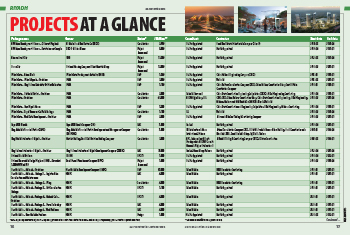
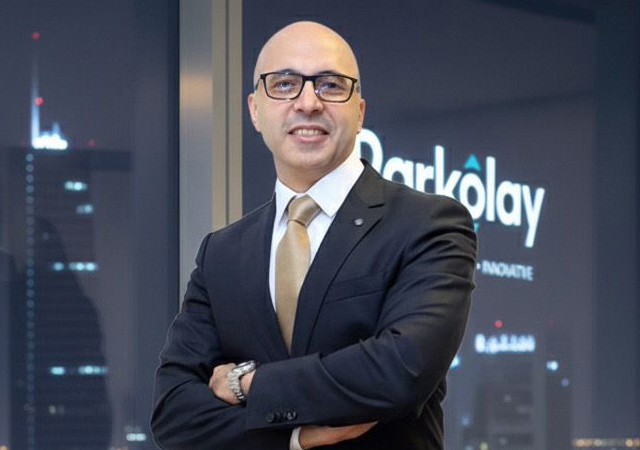

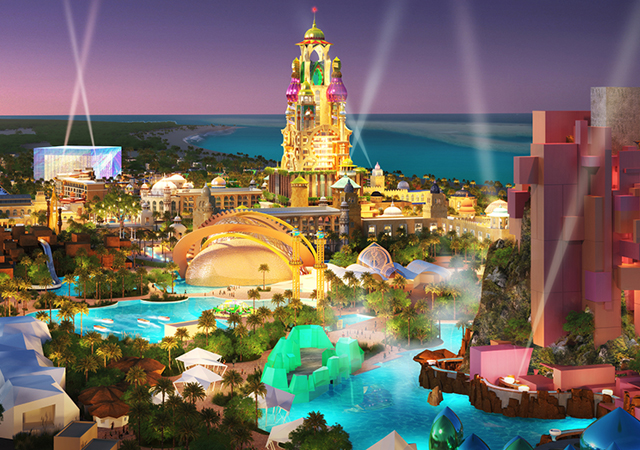
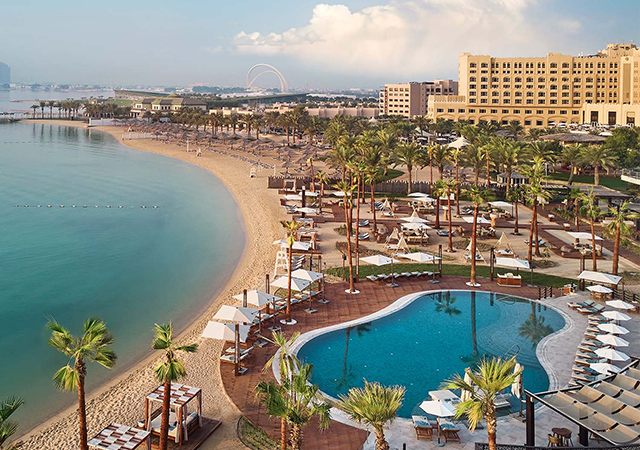
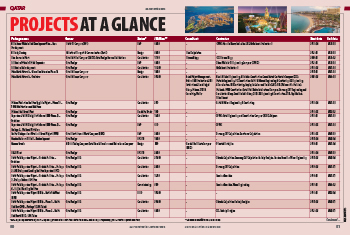
.jpg)
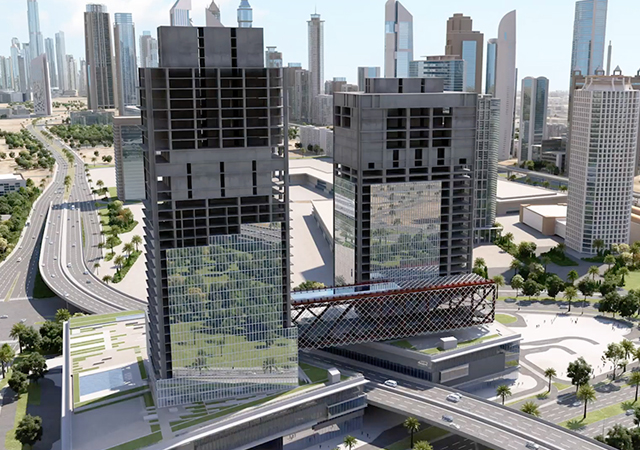

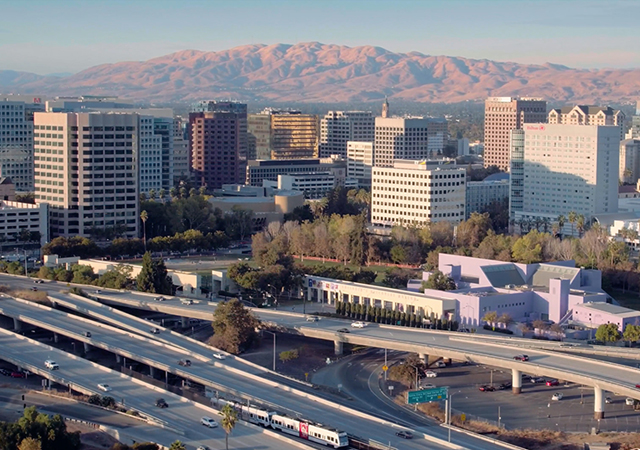



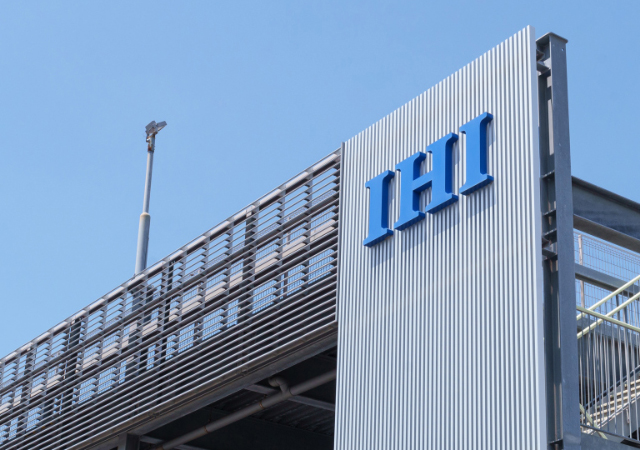

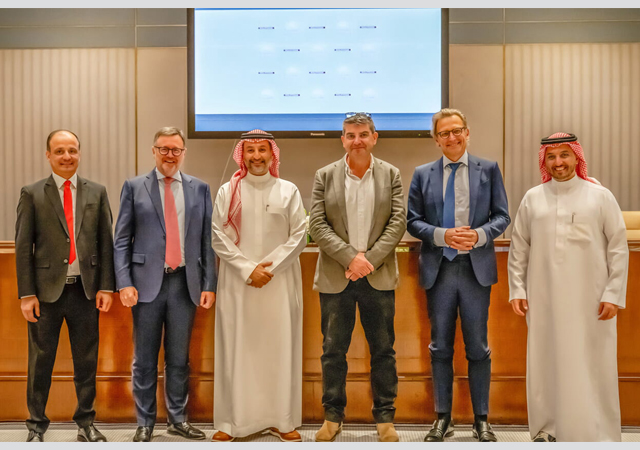
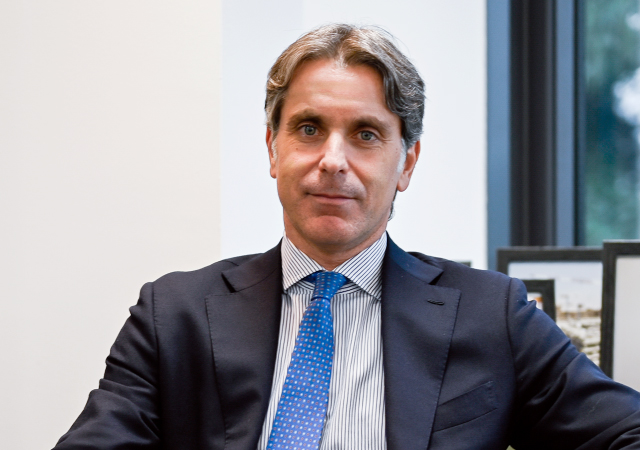
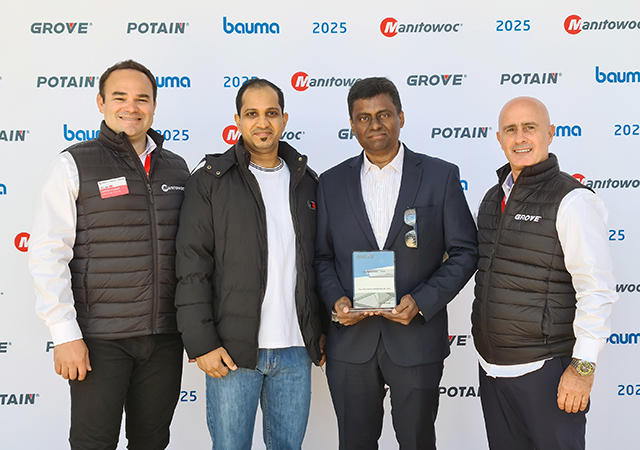
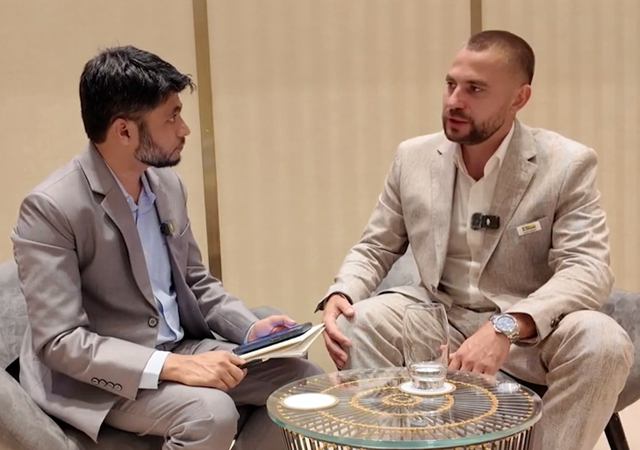
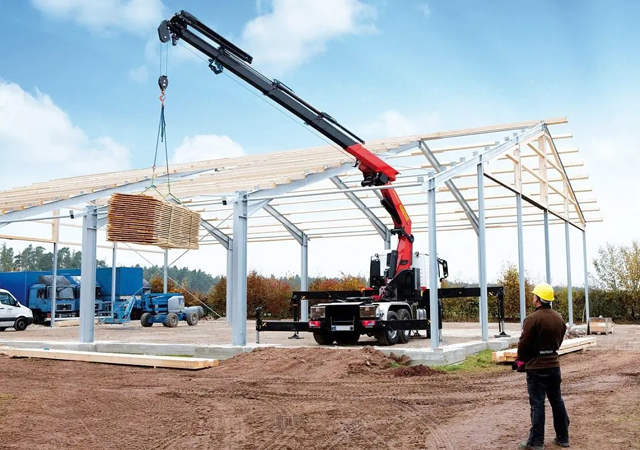
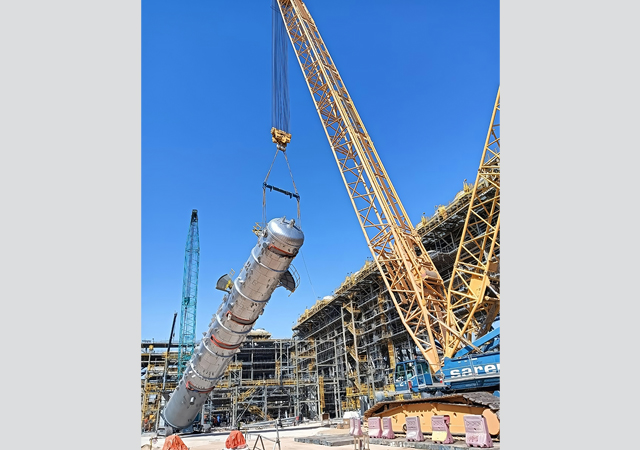
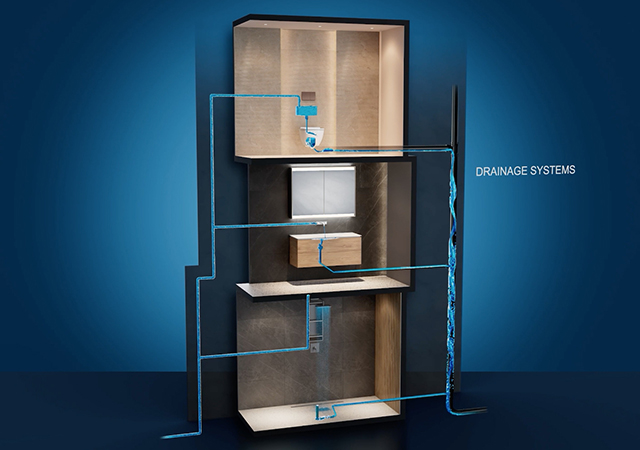
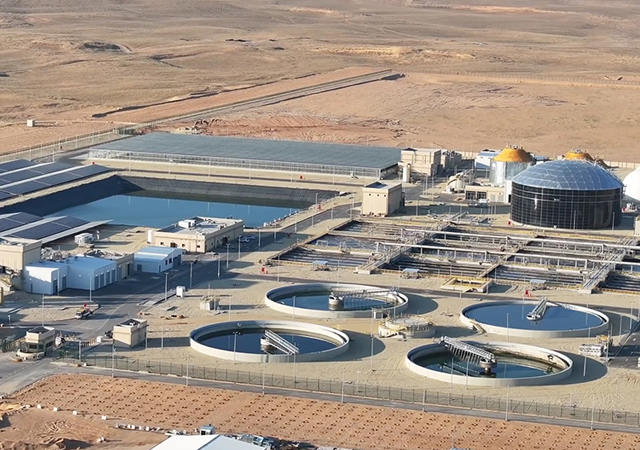

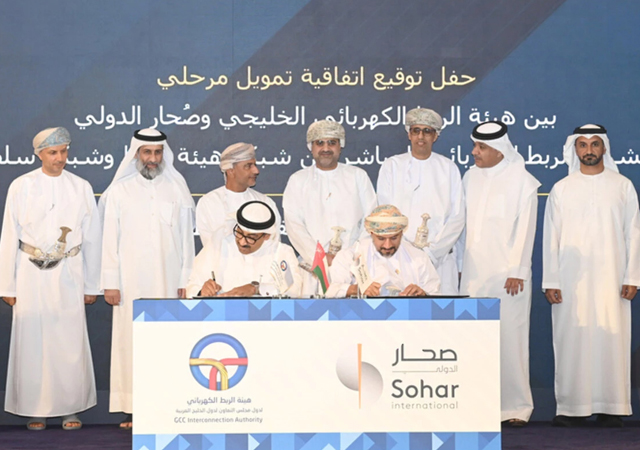

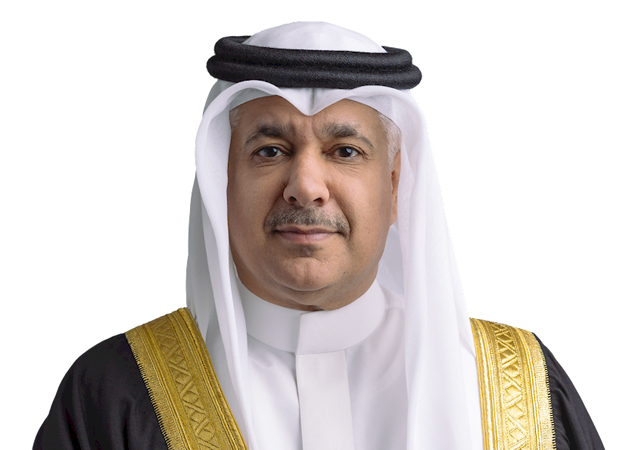
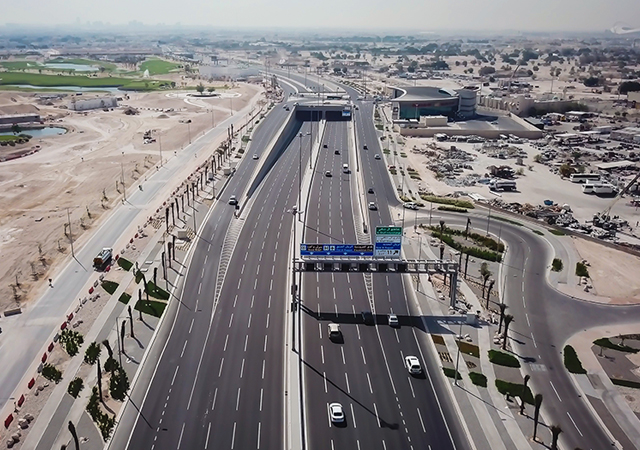


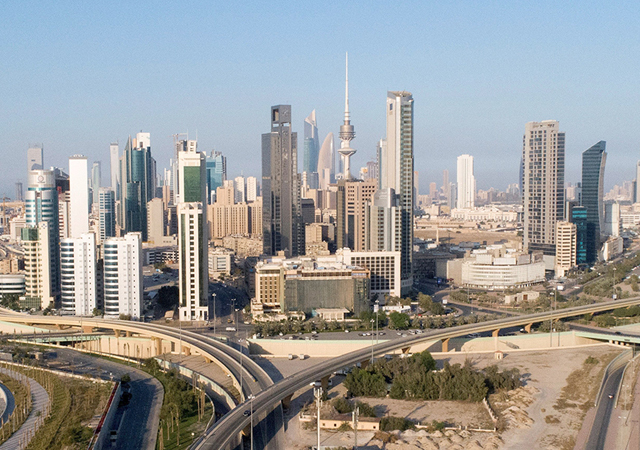

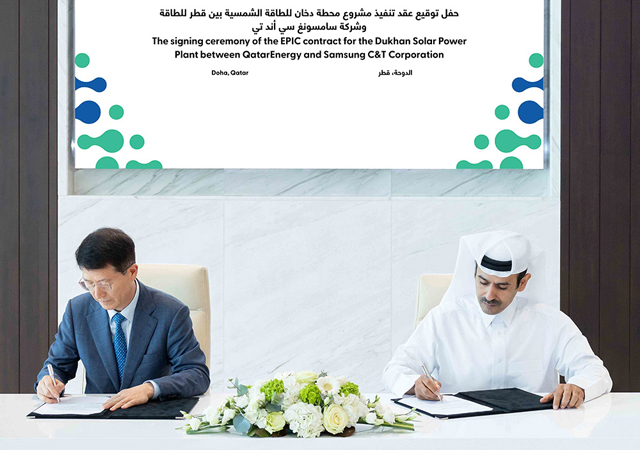
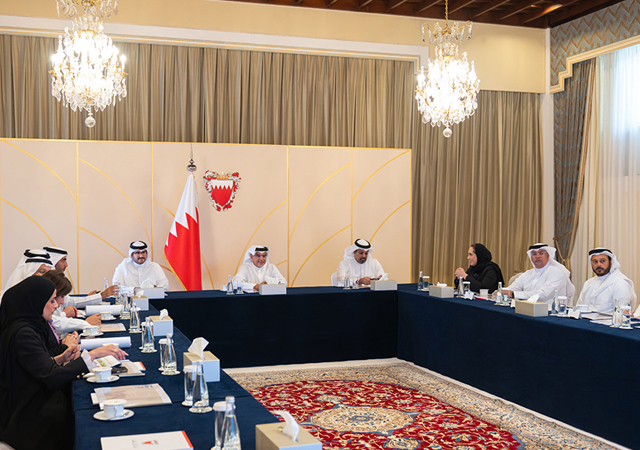


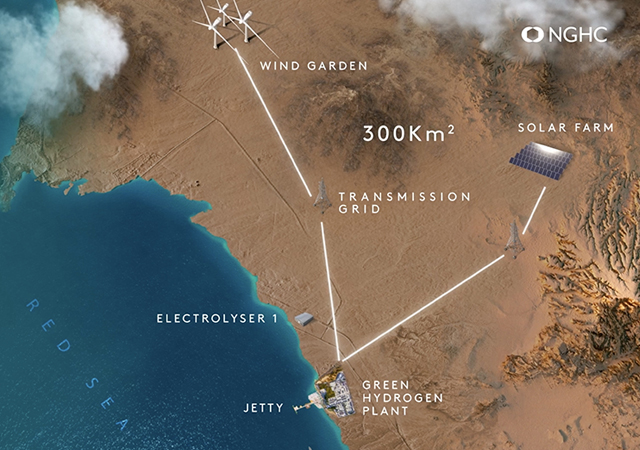
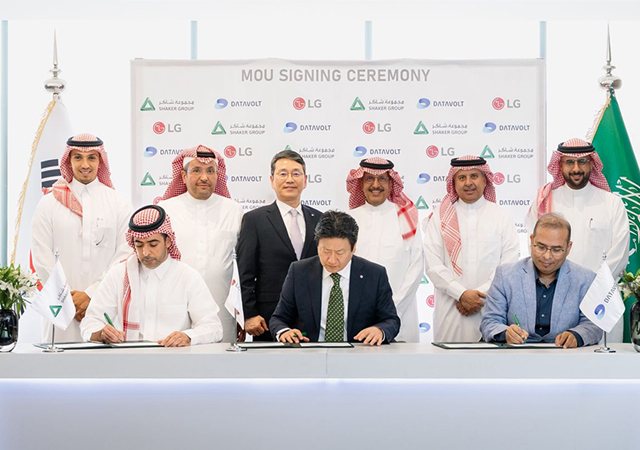
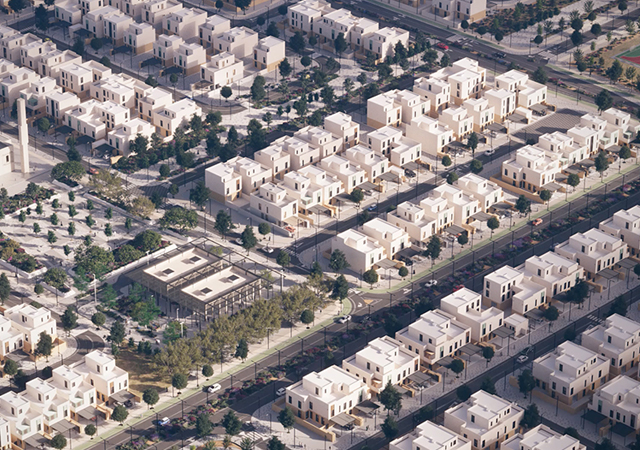
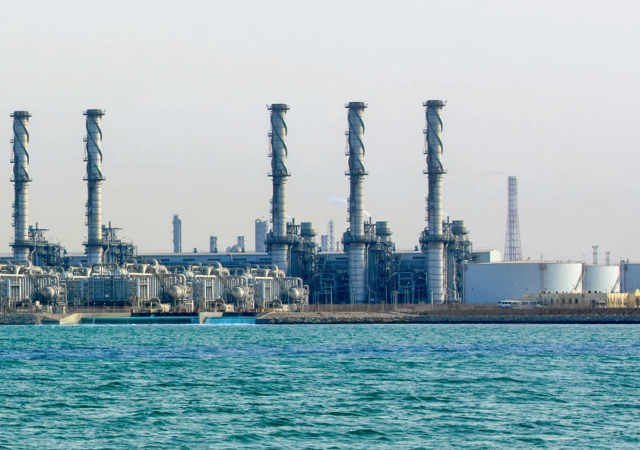
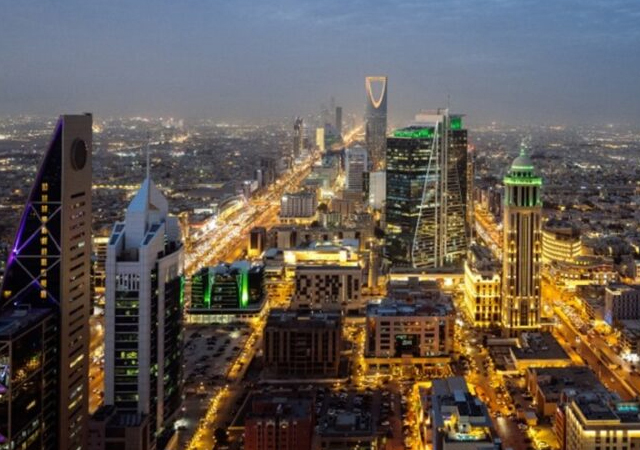
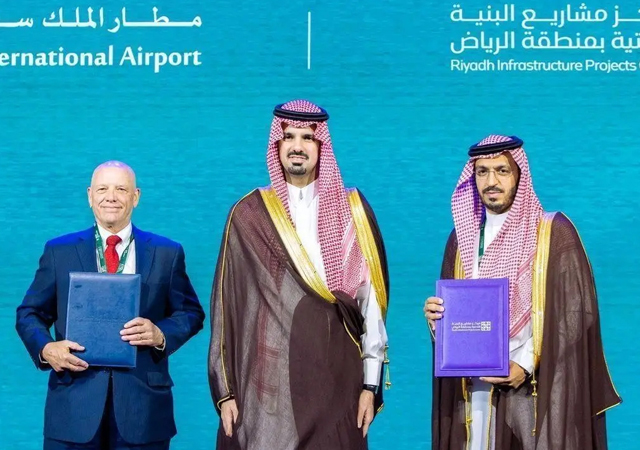

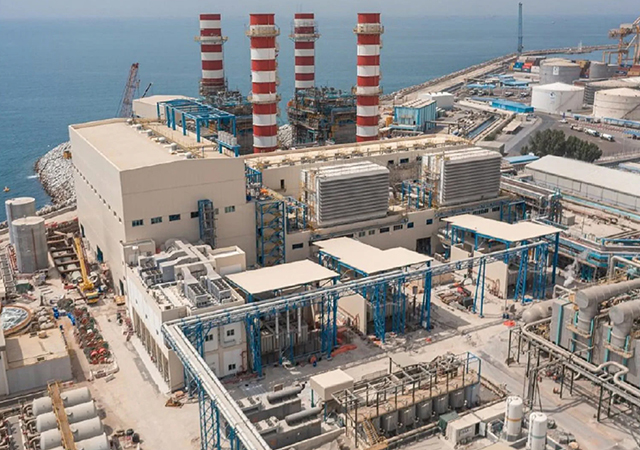


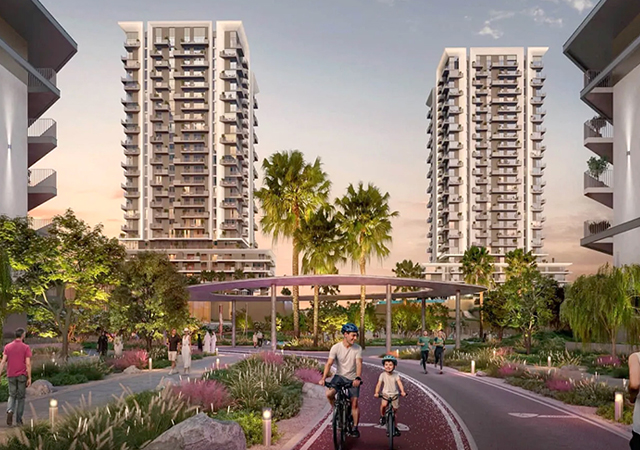
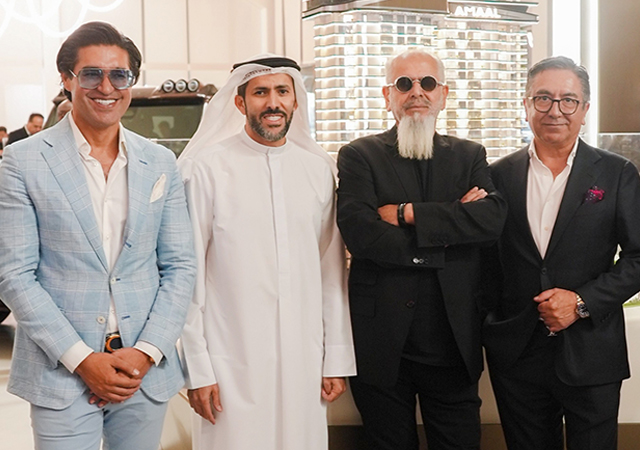
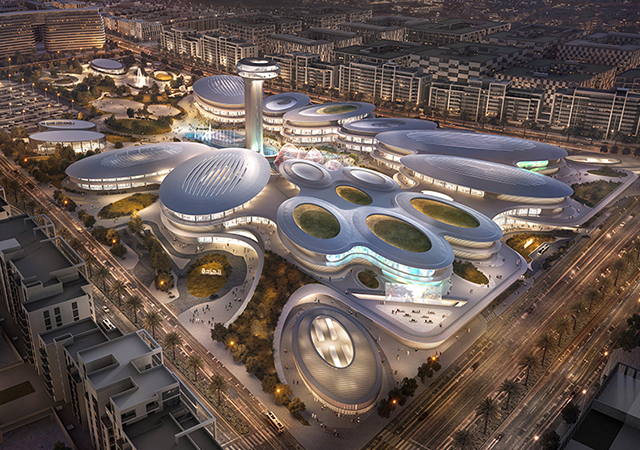

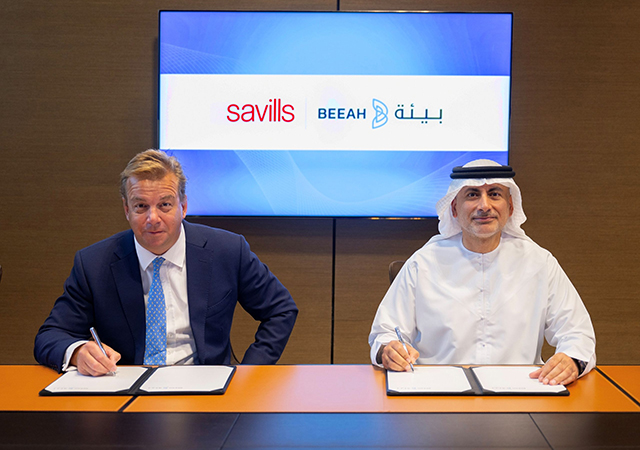

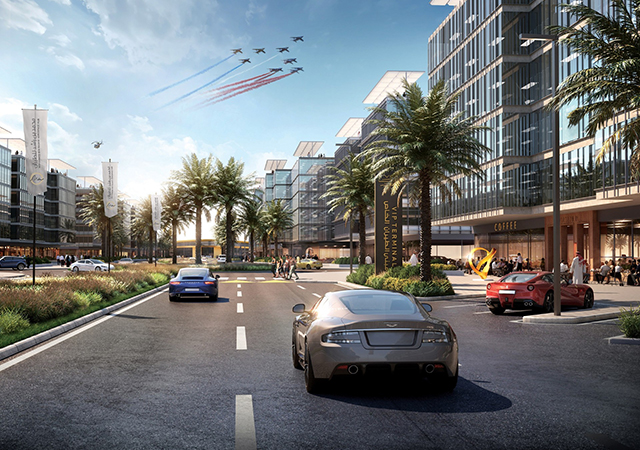

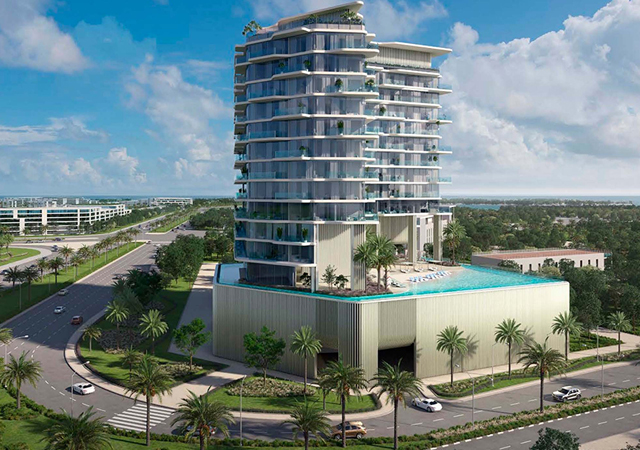

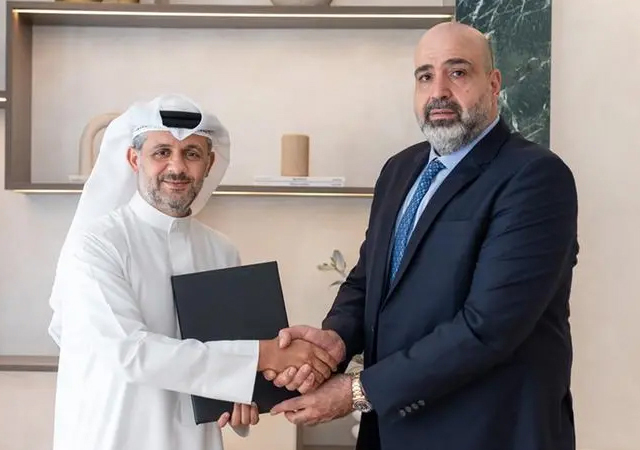
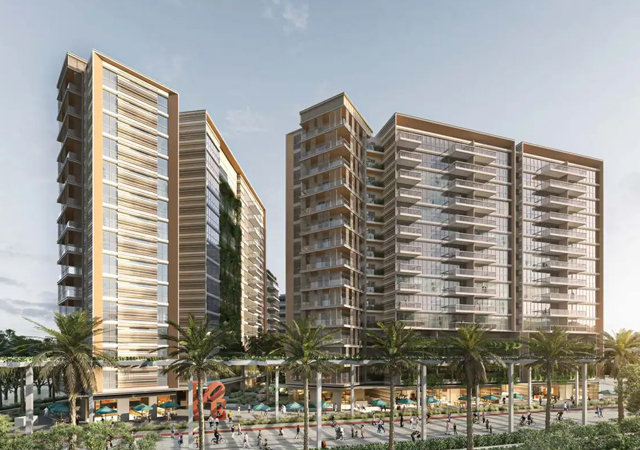

.jpg)
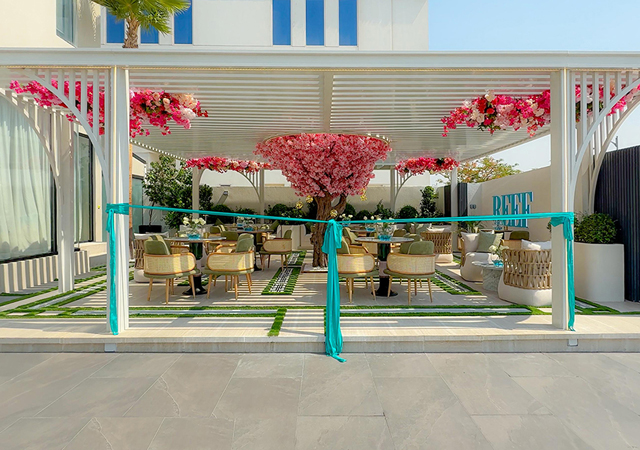
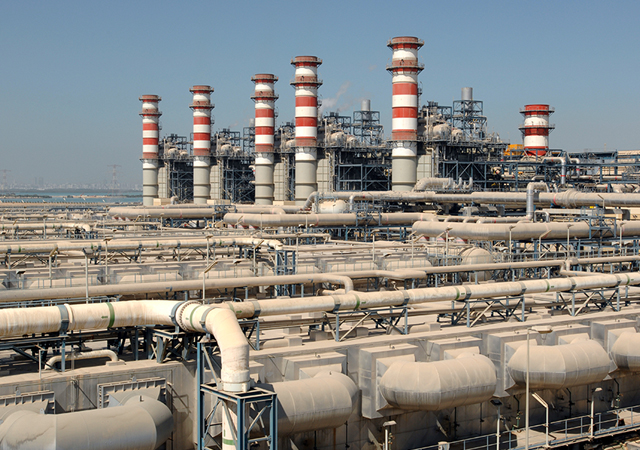

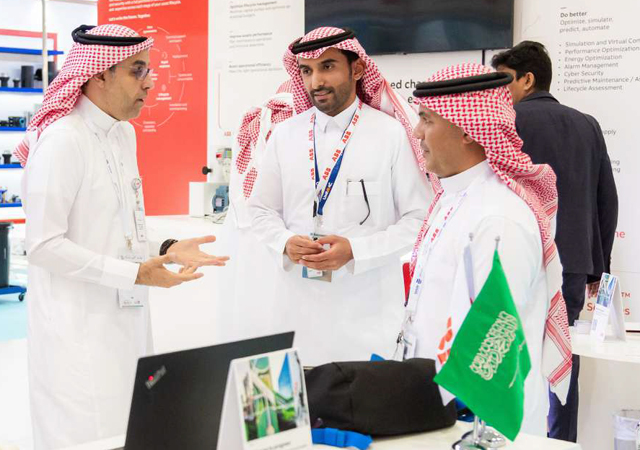
.jpg)
